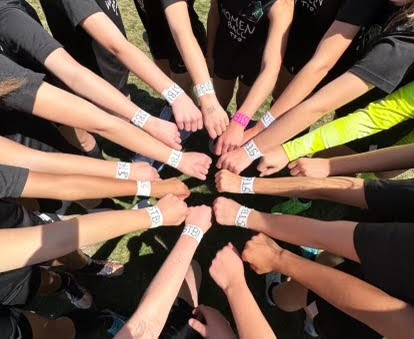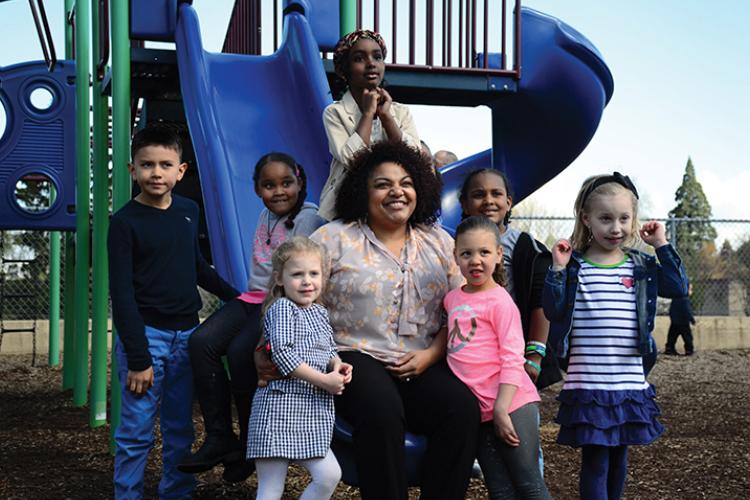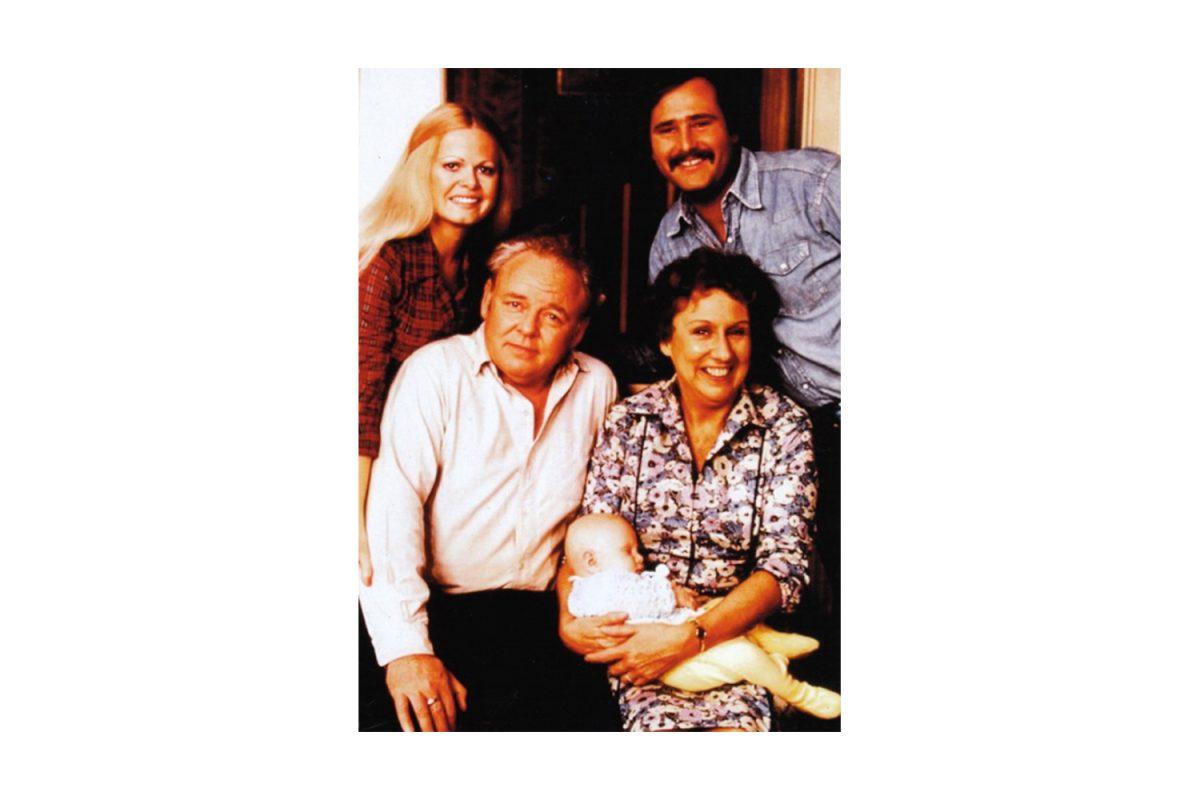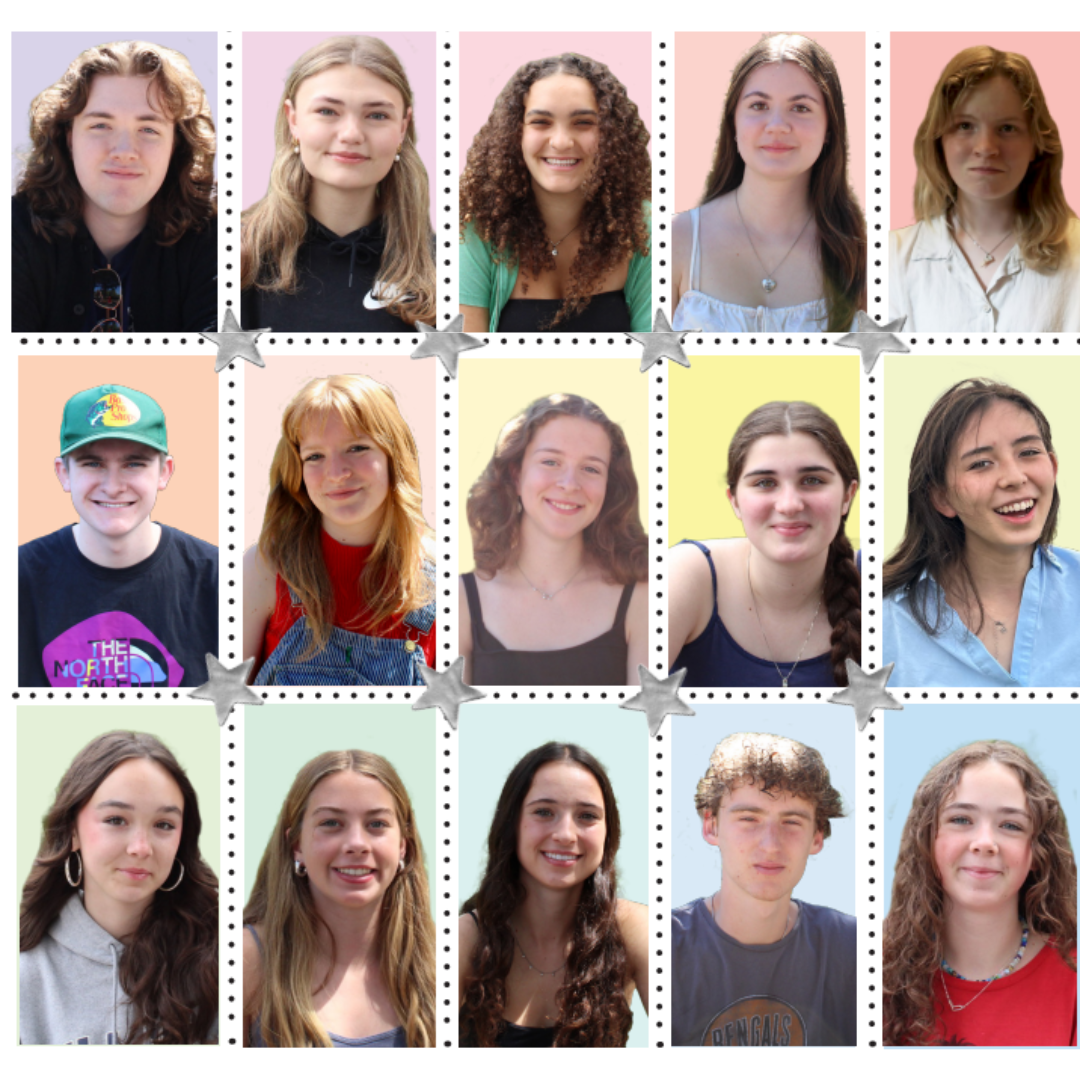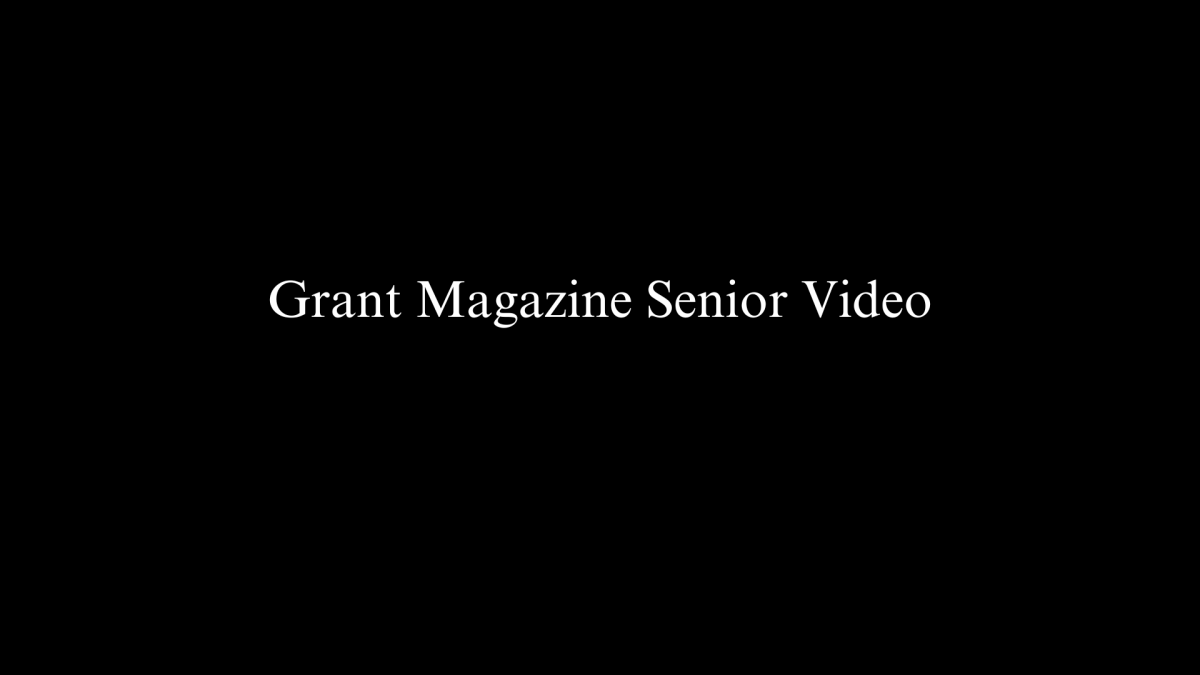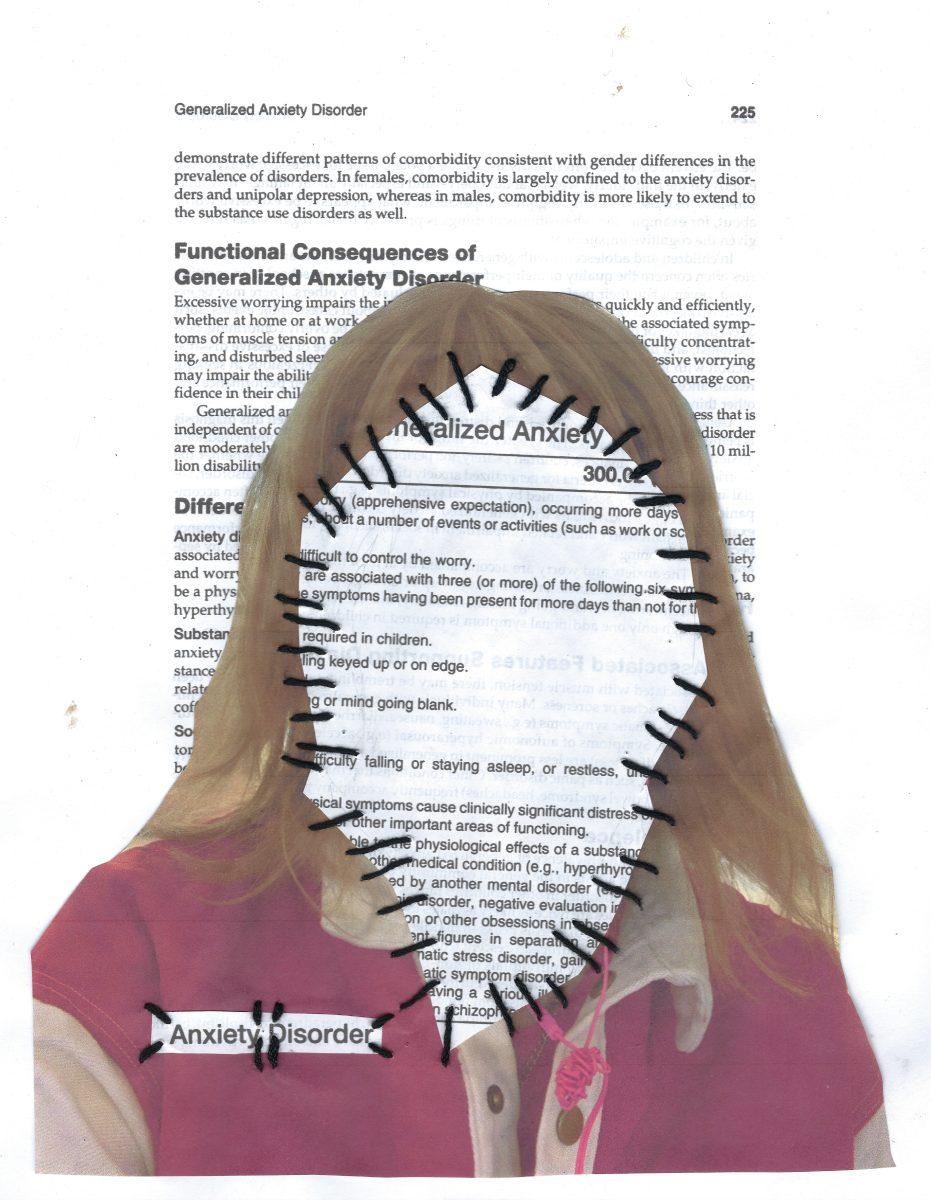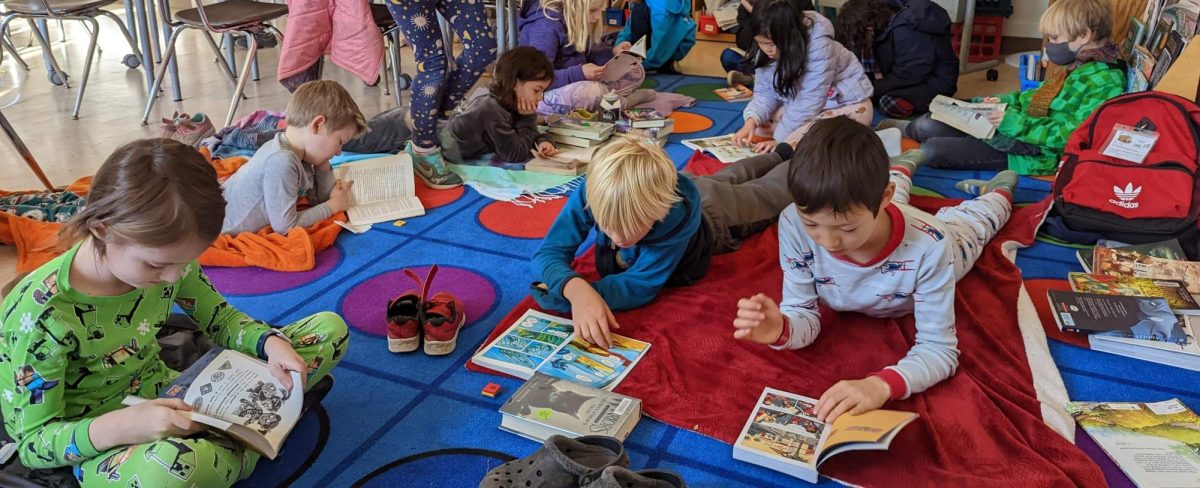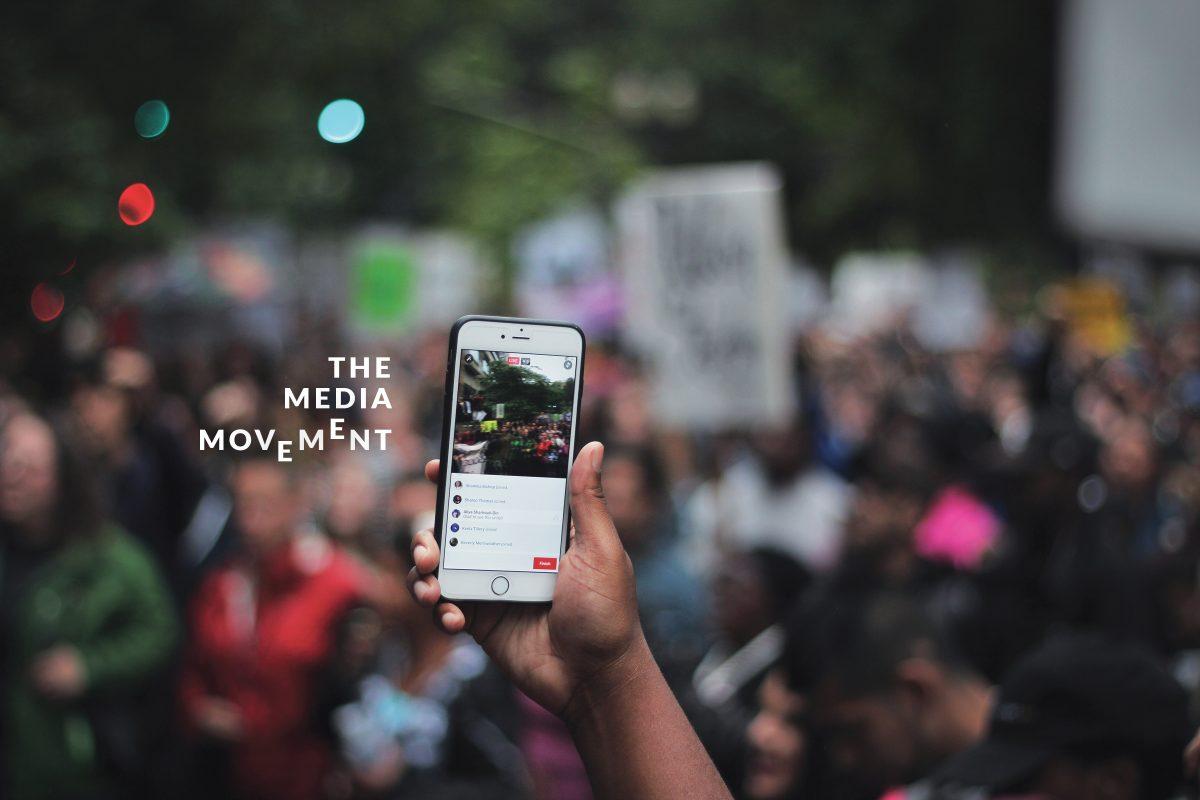 When Susan Bartley started teaching her first Advanced Placement English class at Grant this school year, only two of the 30 kids in her class were black.
When Susan Bartley started teaching her first Advanced Placement English class at Grant this school year, only two of the 30 kids in her class were black.
Coming from Franklin High School – which has the highest rate of AP enrollment for black and Latino students in the district – this came as a shock to Bartley. “I cannot accept that somebody would walk in and not have a problem with that,” she says. “I couldn’t imagine it.”
Bartley, who is white, complained to Grant administrators about the disparities before working with Vice Principal Diallo Lewis to make some changes. The two talked to a number of African-American students and told them about the benefits of being in an AP class.
It would be hard work, they told the students. But it’d be worth it.
Within a week, 10 more black students enrolled in the class, and participation for students of color rose to roughly 36 percent, an accurate representation of the entire student body.
This is a small-scale example of how real change can happen at our school. But why has it taken so long to happen?
Each year, AP classes at Grant contain few students of color. The reasons, some teachers say, have been varied: some point to the increasing majority of white students at the school. Others say picking students because of their race is against the law. Still others say parents should work with their children to decide the best course of action for students.
The topic has been debated at Grant and nationwide for decades. As district leaders continue to be vexed by the achievement gap between white students and students of color, we’re left wondering why the school doesn’t make more moves like Bartley did.
The lack of representation in these classes has existed for years. There has been plenty of discussion, but nothing ever happens. Some teachers say they’ve made efforts to change the numbers, but things end up staying the same.
Not having black and Latino students enrolled in AP classes is failing everyone.
This year, of the 10 AP classes offered, blacks and Latinos together make up roughly 10 percent of the classes, while white students make up 75 percent of the students taking the academically challenging classes. Students identifying as mixed race make up 9 percent.
And while the overall population of black students has slightly dropped in the last couple years, these numbers are still roughly the same since Grant Magazine covered this issue in the March 2014 story, “Feeling Alone.”
This calls into question what real change means for Grant staff. Simply acknowledging that there is an issue does nothing to help solve the problem. There needs to be a concerted action from the school to make AP classes more of a reality for black and Latino students, as well as a conscious recognition that many teachers still hold biases about students of color.
Whether we want to admit it or not, there are implicit biases we all deal with. Teachers especially need to reflect on how these biases affect how they approach their classrooms. Lowered expectations for students of color can do much more than allow for slacking. They are often part of the root cause for poor grades and low participation in classrooms – not to mention a lack of cultural representation in the curriculum across the board and very few teachers of color at our school.
This, combined with the under-representation of students of color in AP classes, is how minority students are marginalized at our school.
If you’re white, imagine walking into a classroom and being the only white person. How would you feel raising your hand in class? If the authors that were taught were all from a different background, would you be able to relate or identify with the experience? Would the class discussions interest you if the topics had no connection to your background at all?
Most white students at Grant have never had to experience something like that in their lives.
Think about that.
How do we expect students of color to thrive academically in such an environment if there isn’t a high level of representation or little to no support from teachers and administrators?
It took someone new to Grant to make the first changes. We think it was a bold step and it should be duplicated, especially in classes besides English. Critics say it was a premature move and that the school needs to put more thought into how things move forward.
We disagree. How many generations of students of color have to run the gamut of not being considered smart enough to take top classes? We’ve waited long enough.
If the progress stops here, we will inevitably fall into the cycle of discussion without results that we’ve become accustomed to here at Grant. For this school to truly succeed in terms of educational equity, we must stop the empty talk about being committed and do what’s necessary to make change. ◆









